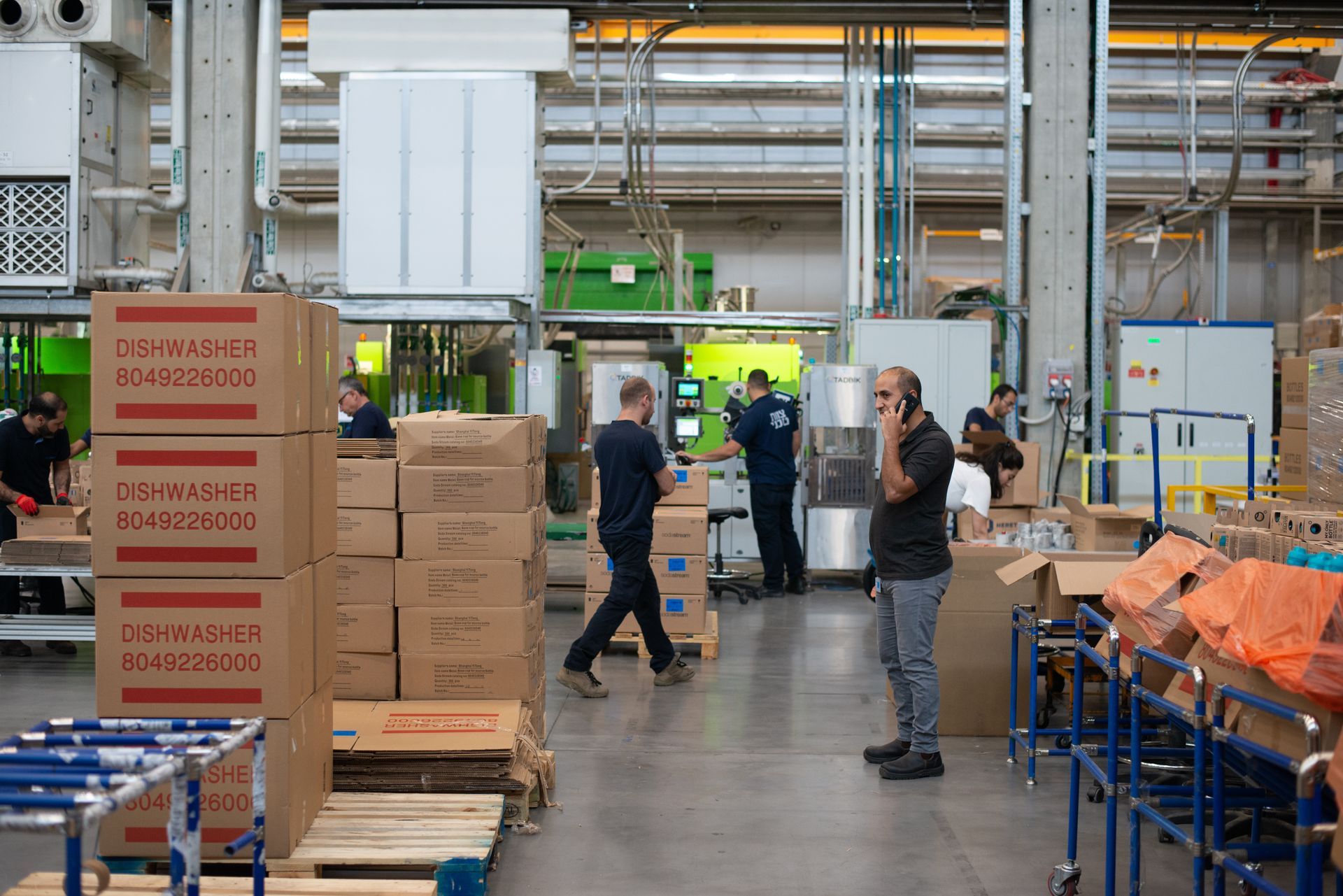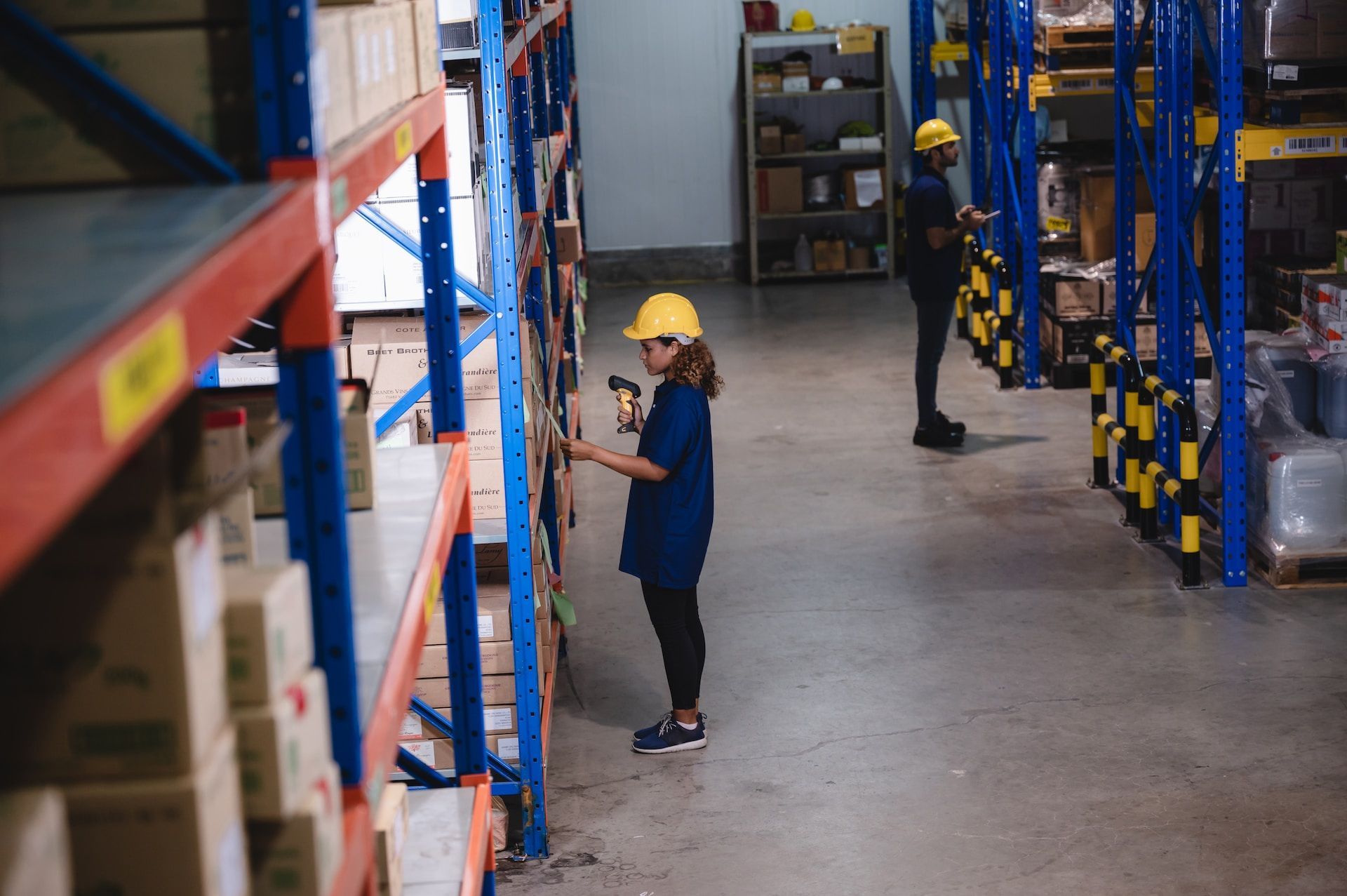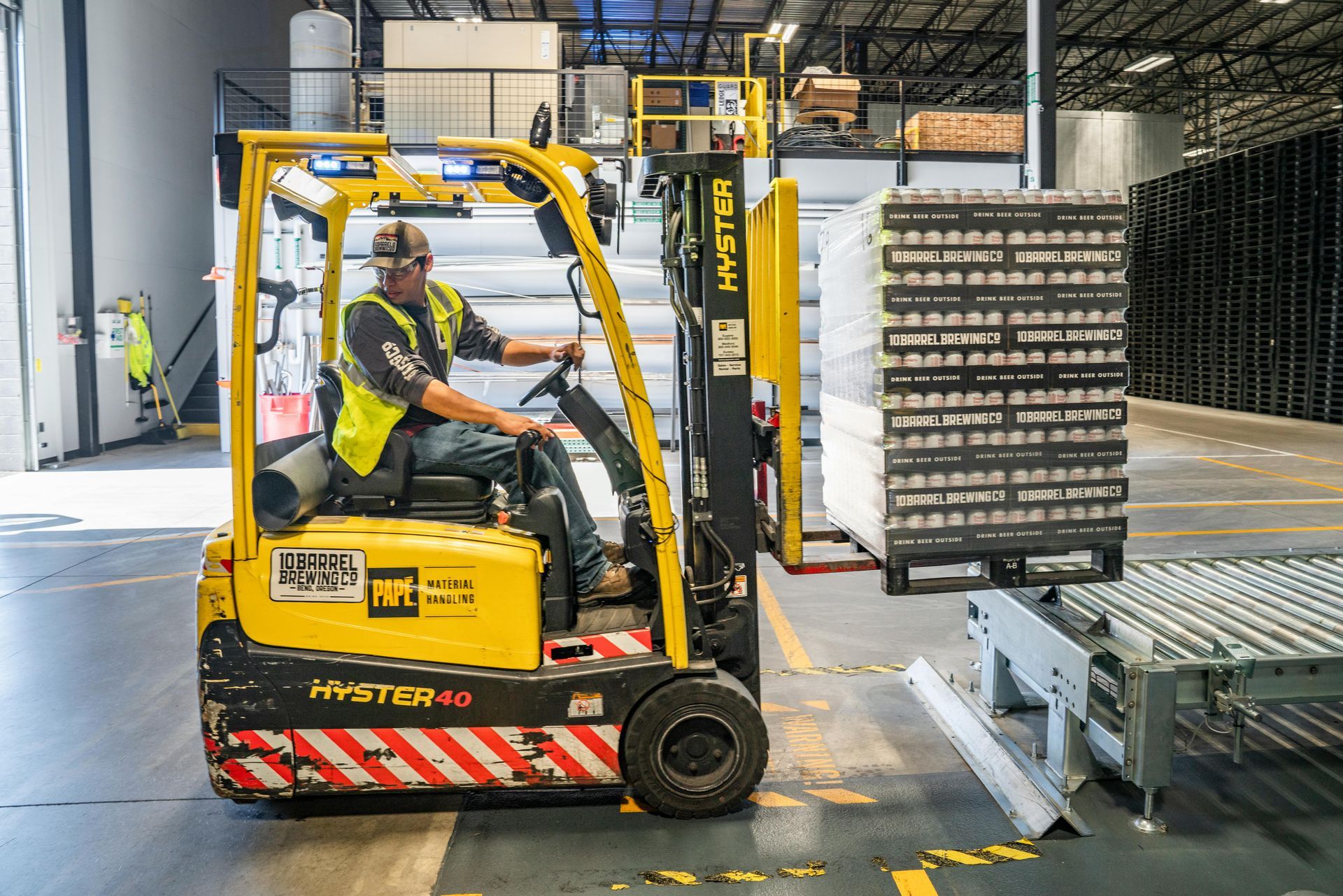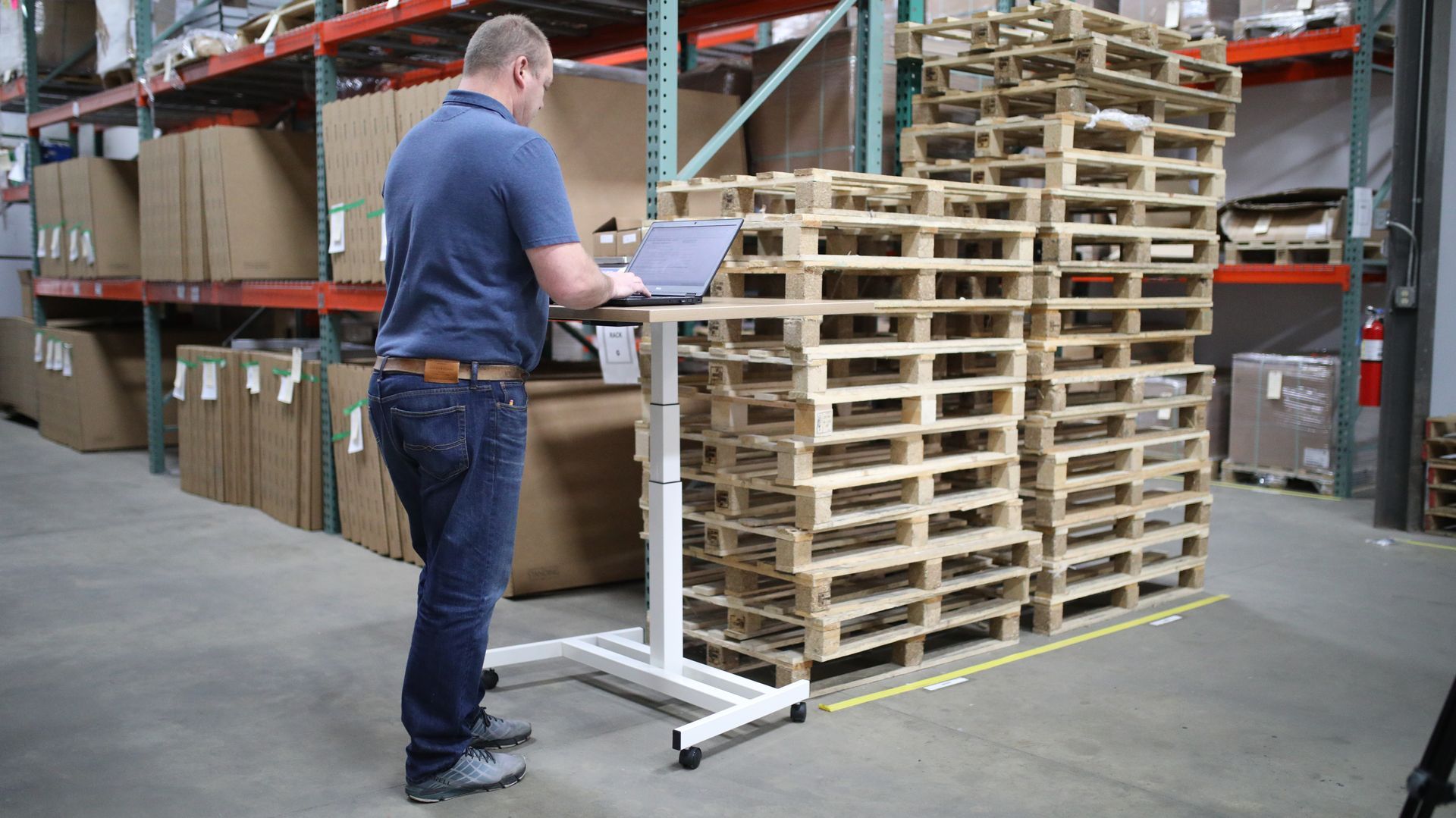Maximizing Employee Loyalty and Engagement Through Training
In any industry, the success of a company is heavily reliant on its workforce. This is especially true in the warehouse sector, where employees are on the front lines of operations, ensuring efficiency, productivity, and customer satisfaction. One of the most impactful ways in which a company can invest in its employees and, consequently, its future is through continuous training and development programs.
When warehouse businesses prioritize the continuous learning and development of their employees, they unlock a host of benefits. These include an empowered and motivated workforce, higher employee engagement and loyalty, decreased turnover rates, and, ultimately, improved performance and productivity within warehouse operations. More so, investing in employee training and development conveys a company's dedication to its workforce, solidifying its position as an employer of choice within the competitive warehouse staffing sector.
In this article, we aim to shed light on the significance of continuous employee training and development in the warehouse staffing sector. By exploring these important considerations surrounding the topic of employee training and development, we aim to provide warehouse businesses with a deeper understanding of its benefits. With the professional insights provided by specialized staffing agencies like Front Line All Temps, businesses can effectively create and implement successful training and developmental initiatives that foster a competitive, motivated, and loyal workforce. In the ever-evolving and increasingly complex warehouse sector, investing in your employees’ continuous learning and development is an investment in your business's continued growth and success.
Understanding the Importance of Continuous Learning
In an era of rapid technological advancements and shifting market demands, the need for a skilled, adaptable, and up-to-date workforce has never been more crucial. Continuous learning plays a vital role in ensuring that employees stay ahead in the following ways:
1. Skill Enhancement: Regular training programs keep your employees' skills sharp and relevant, ensuring they have the necessary tools to perform their jobs effectively.
2. Adaptability: By fostering continuous learning, your workforce is better prepared to adapt to changes in technology, industry trends, and emerging challenges.
3. Employee Motivation: Providing opportunities for personal and professional growth can increase employee motivation, leading to greater engagement and overall productivity.
Implementing Effective Employee Training Programs
Developing an effective employee training program within the warehouse sector requires a thoughtful approach and careful planning. Some key factors to consider include:
1. Identifying Training Needs: Assess the current skill sets of your employees and determine areas that require improvement. Consider conducting regular skills assessments or feedback sessions to help pinpoint specific training needs.
2. Diversifying Training Modalities: Utilize a mix of training formats, including in-person sessions, online resources, and on-the-job training, to meet the varying learning preferences and needs of your employees.
3. Monitoring Progress and Adaptation: Regularly evaluate the effectiveness of your training initiatives by reviewing employee performance and soliciting feedback to identify areas of improvement and make necessary adjustments.
Investing in Employee Development
In addition to basic training programs, it is essential to engage in long-term development initiatives that prepare employees for future growth within your organization. Key strategies for investing in employee development include:
1. Establishing Career Pathways: Create clear career growth pathways for your employees, outlining the skills required for progression and available opportunities for advancement.
2. Providing Leadership Development: Offer targeted training programs and mentorship opportunities for employees who showcase potential for leadership roles within your organization.
3. Encouraging Continuing Education: Promote ongoing education and professional development by offering resources, internal workshops, or tuition assistance for external courses, certifications, or degree programs.
Measuring the Impact of Training and Development Investments
To ensure that your training and development initiatives are delivering the desired results, it is vital to measure their impact on your workforce and overall business performance. Key metrics and methods for assessing the return on investment from training and development programs include:
1. Employee Performance Metrics: Monitor improvements in employee productivity, efficiency, and quality of work as a direct result of training initiatives.
2. Employee Retention Rates: Closely track employee turnover rates before and after the implementation of training programs, as investments in employee development often result in increased loyalty and reduced attrition.
3. Employee Feedback and Satisfaction: Solicit regular feedback from employees regarding their satisfaction with your company's training and development offerings, using their insights to adjust and improve initiatives moving forward.
Conclusion:
Investing in continuous employee training and development is a critical aspect of maintaining a skilled, motivated, and engaged workforce within the warehouse sector. By fostering a culture of continuous learning and implementing targeted strategies for employee development, warehouse businesses can empower their workforce and drive overall success and growth. By partnering with a specialized
employment agency like Front Line All Temps, companies can access valuable expertise and resources to create and implement effective training and development initiatives that nurture a competitive, motivated, and loyal workforce. In an ever-evolving warehouse landscape, your investment in employee growth today is an investment in your organization's sustainable future.










